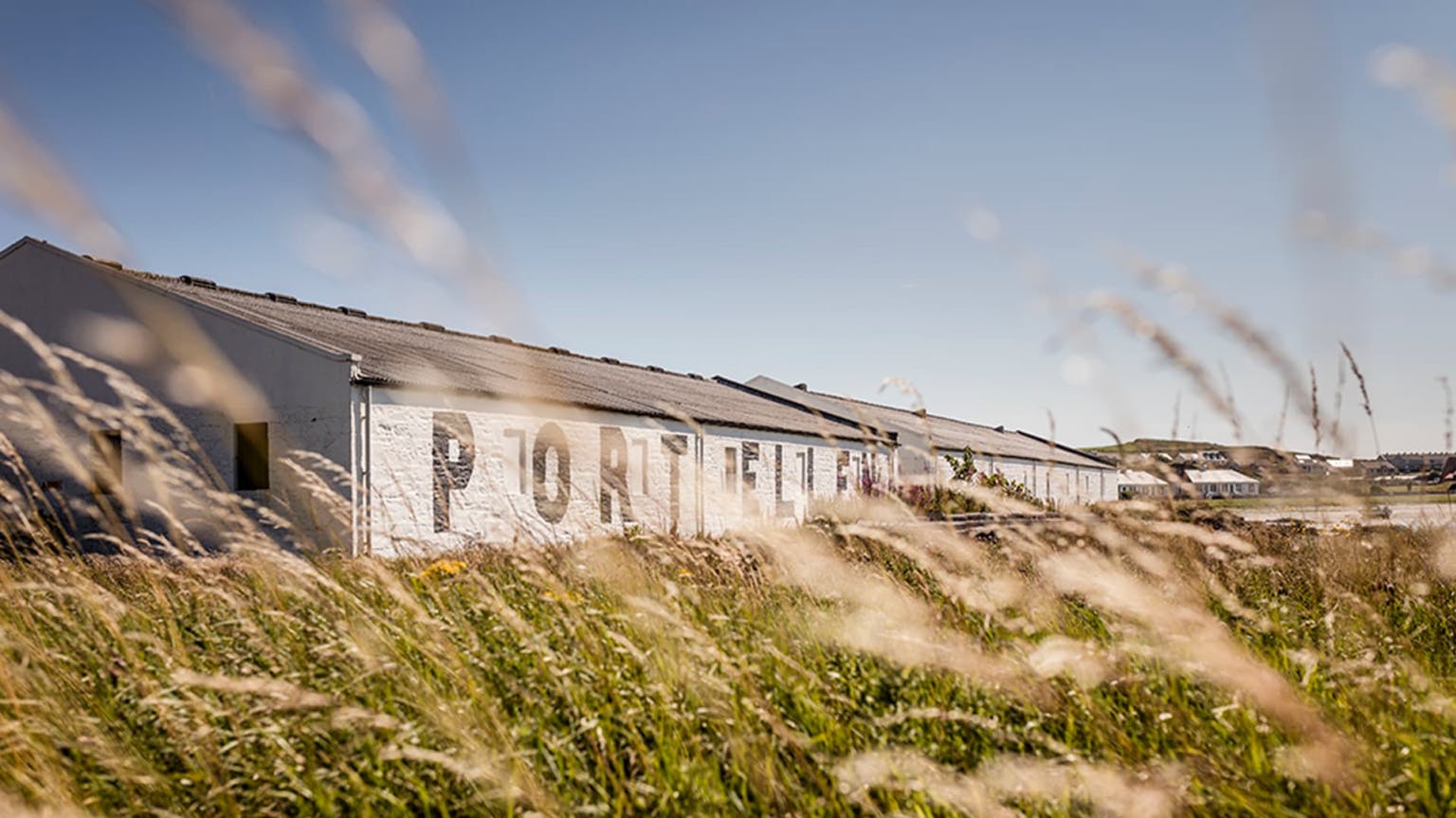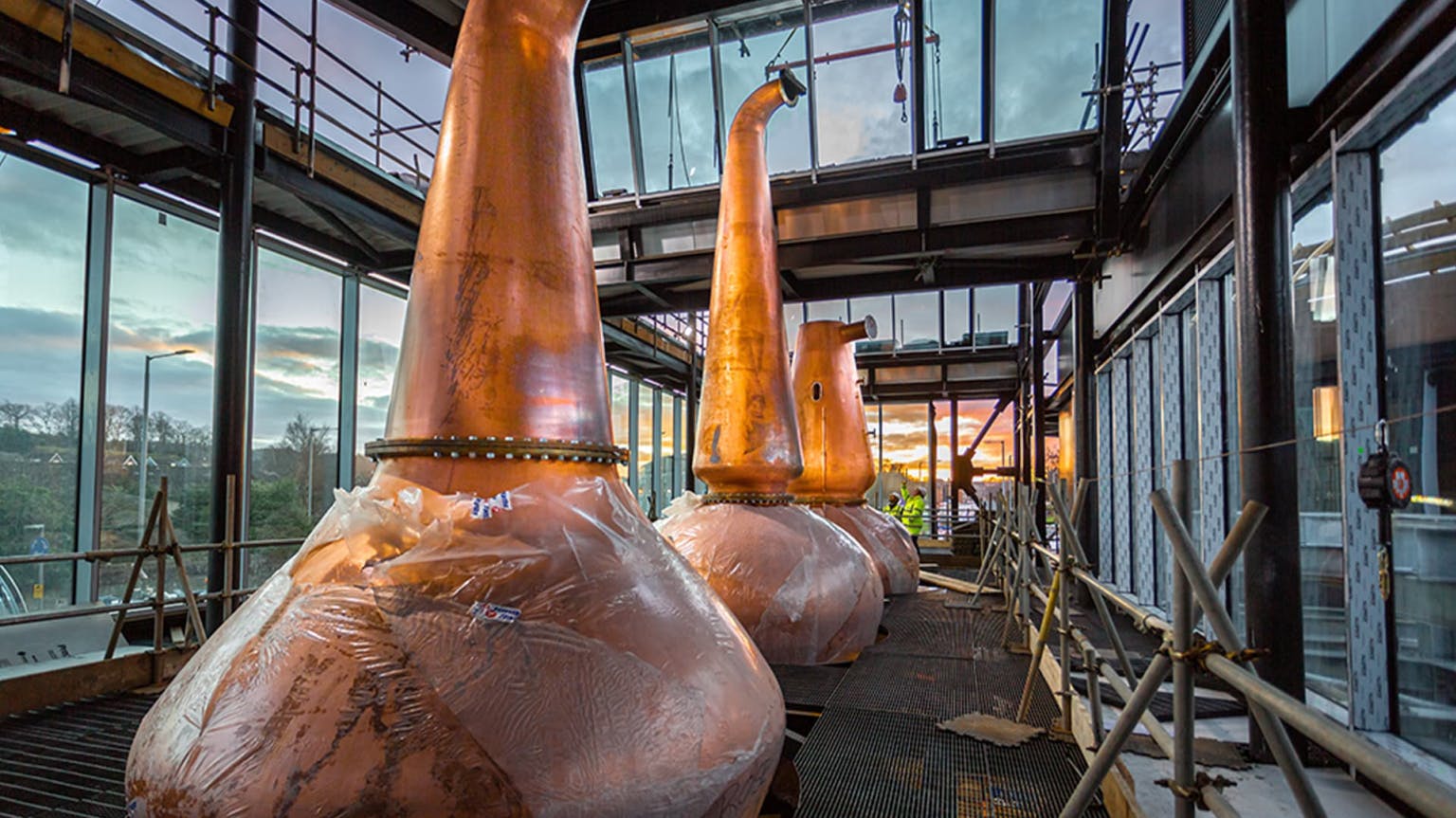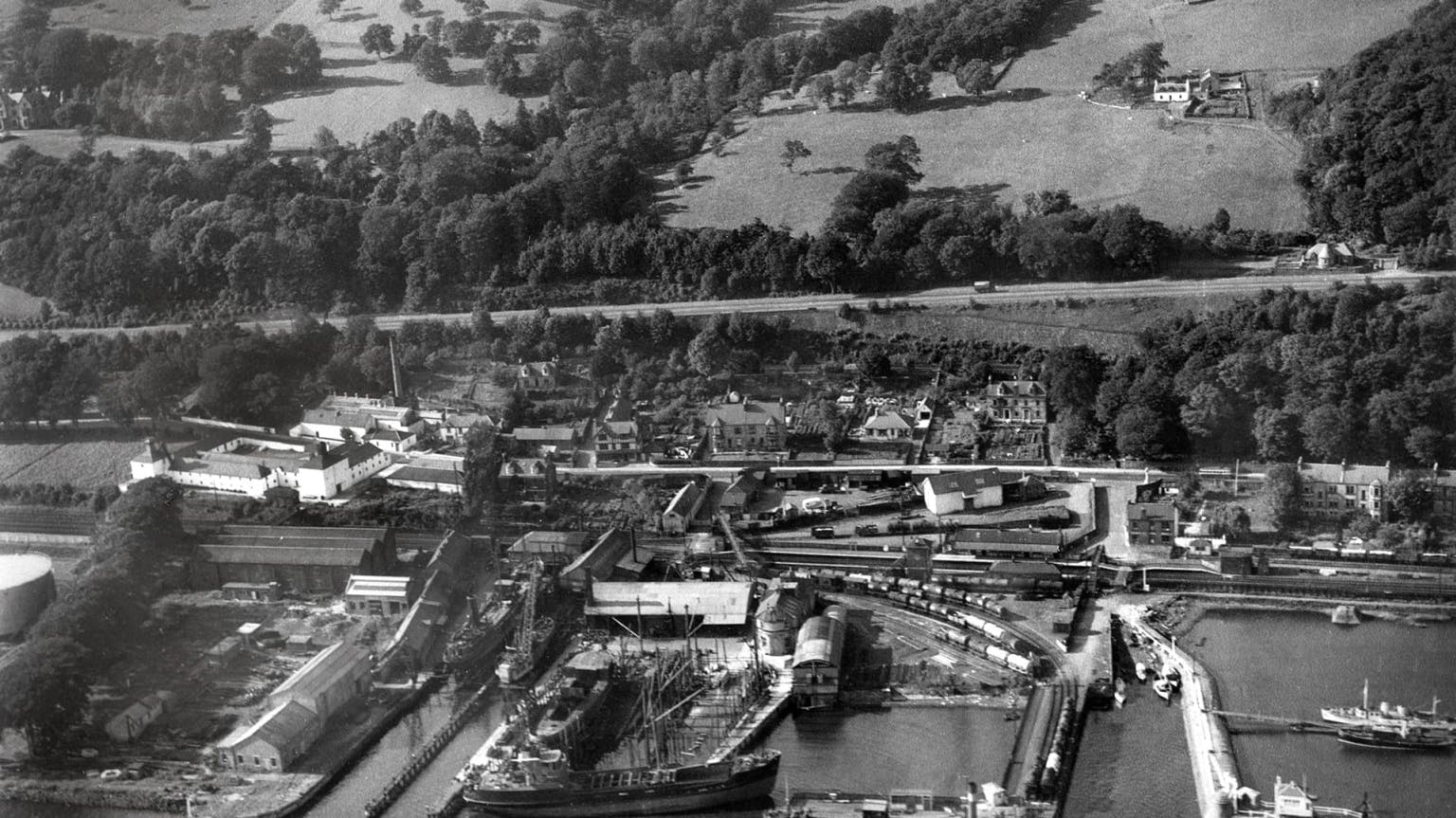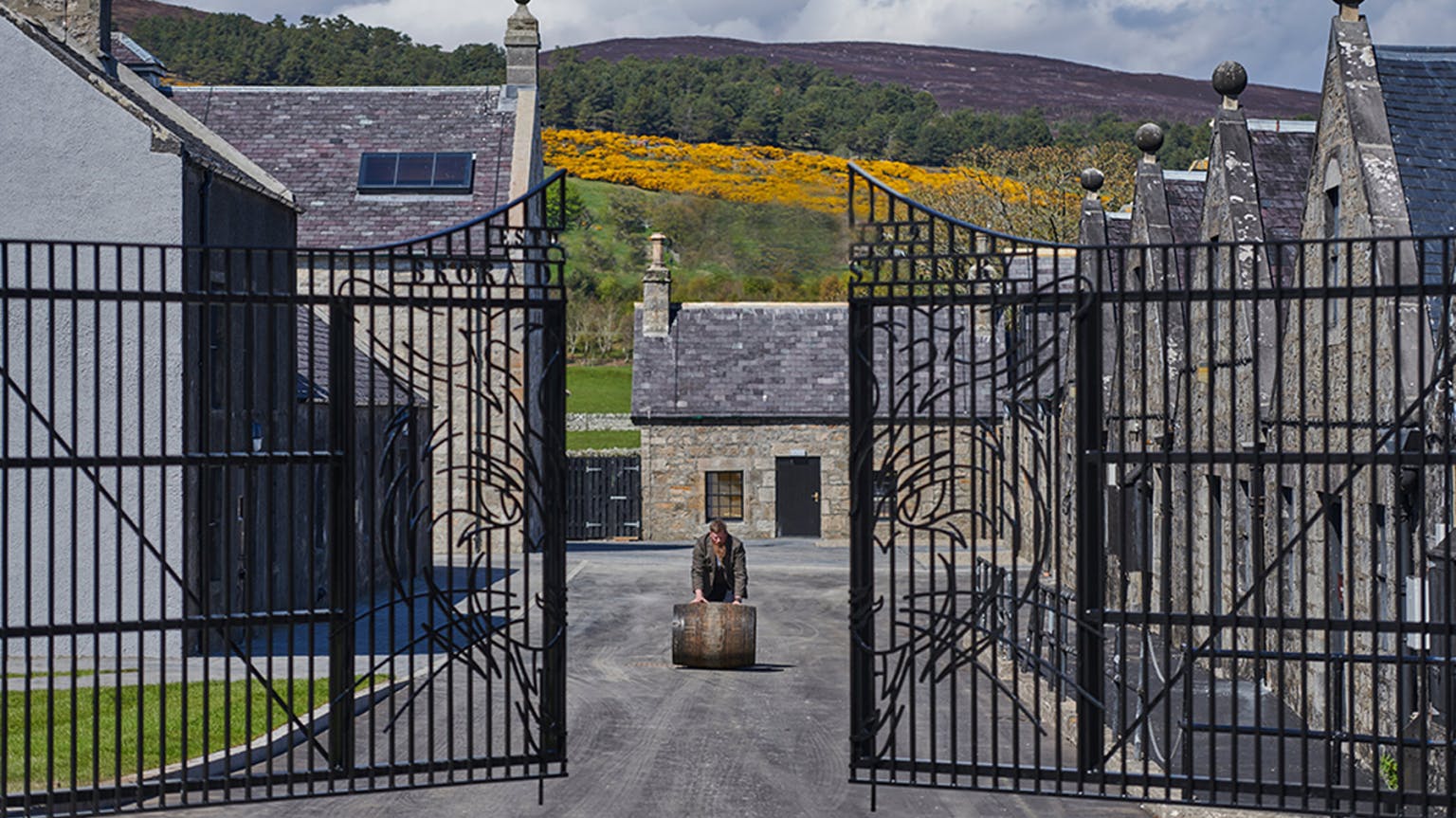The Scotch whisky world is a fickle beast. In its 500-year history, the number of distilleries in Scotland has swelled and contracted many times. There have been myriad casualties, and very few have lived through these downturns without shedding stills and stocks to stay afloat.
The less fortunate were shuttered temporarily, mothballed for inordinately long periods of time, or were ghosted with no hopes of revival. In many cases, everything – lock, stock and, quite literally, barrel – was sold to pay off debtors, and the site was razed to the ground. In the years that have followed, these silent or so-called ghost distilleries have taken on an almost mythical new name: lost distilleries. While these producers were invariably unknown while in active production, the allure of what is no more has made them astoundingly popular, sending prices into the tens, and in many cases, hundreds of thousands.
In the 40-plus years since the last whisky loch, when a devastating number of distilleries were forced to close, some producers have languished in relative obscurity, with only the most devout knowing of their existence and diligently sourcing their precious nectar. Others have developed a cult-like status and become exceptionally collectable as a consequence. So collectable, in fact, that their owners have moved heaven and earth to bring them back to life. The most famous are those considered the “Holy Trinity” of lost distilleries: Port Ellen, Brora and Rosebank.
“They are the lost history of Scotland’s distilling and whisky heritage,” Stephen Rankin, Director of Prestige at independent bottler Gordon & MacPhail, says wistfully.
“They are from a time when whisky was made slightly differently from today. It’s a lost character. We cannot go back and make these whiskies like they were originally made. They reflect both the time as well as the people and place in our history,” he adds.
When the vast majority of these distilleries were in production, huge quantities of their output was destined for blends. Their young single malts simply were not available, or more accurately, were not widely available, as distillery bottlings. If it hadn’t been for independent bottlers like Gordon & MacPhail, who prudently bought stock and squirreled it away, when distilleries were closing down in their droves, then these whiskies would almost certainly have been consigned to the very dusty history books.
“I think the popularity has a lot to do with the mystery of times gone by and what older whiskies used to be,” the newly appointed Rosebank Distillery Manager Malcolm Rennie tells me.
“There’s a certain element of the misty-eyed past being better in some way,” he muses. “Not always the case in my opinion – the exception being Rosebank, of course,” Rennie quips.
For James Mackay, Head of Rare & Exceptional Spirits at Diageo, which owns Port Ellen, Brora (and Rosebank until 2017), it’s all about the experience. “Due to the very nature of ghost distilleries and their finite stocks, these are whiskies we will never be able to taste again. When you share a whisky from a ghost distillery with a friend, they’ll know that they're being treated to something completely irreplaceable and there is something very special about that.”

This special experience is a costly one. Collectors – and flippers – have driven the price of lost distillery bottlings to exorbitant highs. Questions have been raised about what the reawakening of these lost distilleries will do to the prices of existing bottlings and where these new-old whiskies from the likes of Port Ellen, Brora and Rosebank will sit in terms of price and taste profile.
On this last point, Mackay says: “This is the big question we’re all asking ourselves.” He continues: “We are confident that the new Brora and Port Ellen whiskies will sit amongst the best in the world, however we’ll have to wait two or three decades before we know for sure!”
In terms of taste profile, Rennie says the new Rosebank will be a “very accessible” whisky “on the lighter end of the scale with a typical fresh, fruity smooth character but with an additional dimension of distillery character giving some depth also”. On the question of price, he says “I couldn’t comment.” Adding: “It would depend on age, I’m sure. Safe to say Rosebank will be viewed as a premium whisky.”
In many ways, Rosebank was the least likely lost distillery revival, as Diageo offloaded the distillery site to British Waterways in 2002, and the original three pot stills and mash tun were stolen by thieves in 2008. Rennie says it has been a real honour to be entrusted with resurrecting the distillery, which was mothballed in 1993.
When we speak, three new copper pot stills are being delivered to the site – a landmark moment in any distillery’s history, old or new. A new distillery team is being assembled and the goal is clear: emulate the original, heavy and oily triple-distilled style of Rosebank spirit.
The new Distillery Manager says no expense has been spared on equipment and operating systems to give the team as much control as possible. He acknowledges there will be a lot of trial and error to get the spirit character to where they all want it to be, but he is confident the finished article will be “as good as, if not better, than the original”. “It may take a few goes but we will get it,” Rennie adds determinedly.
When asked why he thinks the Lowland distillery has become such an icon, Rennie says: “I think the fact that Rosebank was always a sought-after whisky way back in time says a lot. It was in demand 100 years ago by blenders, so the spirit was always special. It didn’t become special only because it closed, not like some other lost distilleries.
“Rosebank has always been seen as the ultimate Lowland whisky and deservedly so. When it was closed in 1993 that reputation was only going to be enhanced and [it was] a real loss to the local area and overall whisky industry.”
Rosebank’s location on the banks of the Forth & Clyde Union Canal was integral to its prosperity and eventual closure. In many ways the distillery’s fate was sealed when the canal which connected Scotland’s two main cities, Edinburgh and Glasgow, closed in 1963. When the whisky industry spluttered and stalled in the 1990s, the then-owners made what many believe to be the wrong decision to officially mothball the distillery.
To great surprise and delight, Ian Macleod Distillers announced in 2017 that Rosebank would be revived having secured the site from Scottish Canals – a former division of British Waterways – and acquired the remaining stock from Diageo in preparation for the £10 million project to bring Rosebank back to life.

The decision to restore Brora and Port Ellen was also made in 2017, 34 years after their closure. Mackay says this was partly a response to the demands from whisky enthusiasts but also as a result of the strong growth in single malt Scotch and the opportunity to create a new generation of whisky consumers.
He says the £35 million restoration process – which started at the same time for Brora and Port Ellen – has required enormous support from local communities, teams of highly skilled engineers, whisky noses and the Diageo archives. Brora, in the Highlands, took little under four years to bring back to life and opened in May 2021. Port Ellen on the isle of Islay has taken slightly longer and should begin distilling in spring 2023.
With an eye to the future, many speculate which ghost distilleries could be earmarked for revival next – Diageo alone owns another 15 of them. Rankin believes there are very few left that could come back, but when pushed suggests there could be one or two, depending on the condition of the buildings, their current broader environment and land use around them, and the financing structure in place of those doing the resurrection. He remains tight-lipped on which.
Regardless, there has arguably never been a more exciting time in Scotch whisky, with lost distilleries being brought back to former glory, a glut of new distillery builds and collectability at an all-time high.
“It is a unique time for whisky lovers,” Rankin agrees. “Scotland shall be seen as the home of single malt and blended whisky. Those overseas are starting with a blank canvas and are making their own history, while those new in Scotland have the legacy of a 500-year-old industry to build upon.
“Even if the whisky that draws them in is one distilled in Japan or the USA, India or Switzerland, they will find their way to Scotland and in turn to past bottlings from our history, as well as to new expressions from long-established brands, resurrected ones, or brand new ones.
“As my grandfather said: ‘The future is shaped by what you do today, while today reveals what we did in the past.’”
As the past and present meet, there will be a keen eye on these formerly lost distilleries and what their resurrection means for those fortunate enough to own bottlings from a bygone era.
Five of our favourite lost distilleries
Glenury Royal
Highland whisky distillery Glenury Royal has a rather ill-fated history. Severe fire, a distillery worker death in a boiler-incident and ultimate closure in 1985 have all befallen the distillery which once stood near Stonehaven in Aberdeenshire. Despite all this, the Glenury Royal name has survived, and very aged bottlings are increasingly scarce and collectable. Diageo has released some remarkable aged Glenury Royal bottlings (including a 50-year-old) as part of its highly sought-after Cask of Distinction series. Gordon & MacPhail has also bottled some rare Glenury Royal single malts.
Littlemill
Littlemill is the oldest licensed whisky distillery in Scotland. Whisky from the Lowland producer is incredibly rare and is no longer being produced after the distillery was closed, demolished and consumed by fire. Some independent bottlings and very rare own labels have been released. To date, Testament – a 44-year-old limited expression distilled in 1976 – is the oldest single malt from Scotland’s first distillery. Celestial Edition (40 years), Private Cellar (25-, 27- and 29-year-old) and a 1991 vintage have all been released in extremely limited quantities.

Port Ellen
The Port Ellen distillery on the south coast of the Hebridean island of Islay is responsible for some of the rarest peated single malts on the market. The distillery, founded in 1825, was a victim of the whisky downturn and eventually shuttered for good in 1983. As stocks decreased, secondary market demand for Port Ellen intensified and bottlings regularly fetched five-figure sums. The distillery is being brought back to life with two copper pot stills that are faithful replicas of the originals, and two smaller stills which will produce more experimental and innovative spirit.
Brora
Brora distillery – or Clynelish as it was originally known – was established in 1819 by the Marquis of Stafford, later the Duke of Sutherland. Sadly, Brora was a casualty of the 1980s whisky loch and closed its doors in 1983. In the years that followed, Brora has become one of the most highly sought-after Scotch whiskies. Some of the most expensive bottles ever sold have included the 40-year-old Brora bottlings from 1972 which have sold for upwards of £26,000. Many believe bottlings from the late 1960s and early ‘70s to be the most exciting in Brora’s distilling history. There are some remarkable official and independent bottlings from the early 1970s as part of the Rare Malts series and Douglas Laing & Co’s whiskies.
Rosebank
Rosebank is a highly sought-after and respected Lowland producer, famed for its triple-distilled whisky, that was mothballed in 1993. In the years that followed, Rosebank joined Port Ellen in Islay and Brora in the Highlands as one of the hallowed, and highly collectable, trinity of lost distilleries. The so-called “King of the Lowlands” developed a cult following for its triple-distilled whisky – a practice that is highly irregular in Scotland as most double distil. With new whisky from the distillery unlikely to appear until 2030, there will be heightened interest in and demand for the last remaining bottles from the original distillery.

